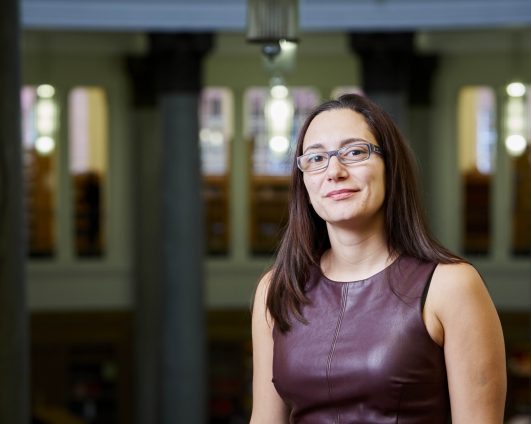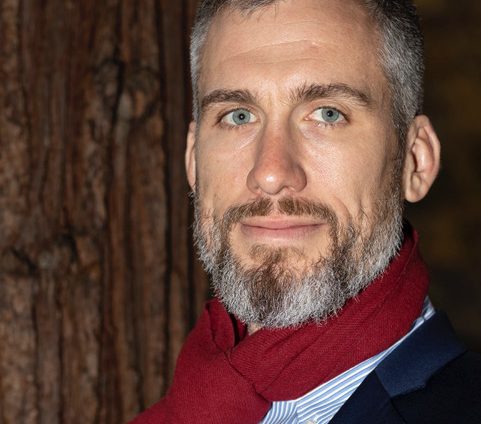Cultural Spaces and the Complexities of Regeneration
Understanding the impact of organisational and management models on Artists’ spaces in the production of sustainable urban futures | B. d’Ettorre
Guild is a four-year partnership project led by East Street Arts and funded by Arts Council England’s Sector Support Organisation programme. The project seeks to transform the landscape of artists’ spaces through developing their resilience and sustainability. This will include new approaches to business modelling, embedding groups within their localities and advocating their impact on political and social environments. Running alongside Guild, my research looks at how the concept of business models can be applied by artists’ spaces to work towards the sustainable development of their organisation in relation to the wider ecology. How can different ways of working, and business models adopted by artists, impact on the economic, social and urban development of neighbourhoods? Policy and business language are used to engage with alternative practices and economies to critically reflect on the strengths and weaknesses of cultural organisations and their potential for change and disruption.
Britain’s First Media Centre’: A history of Bristol’s Watershed cinema, 1964-1998| S. Presence
This paper examines the genesis and development of the cinema at Watershed, now one of the UK’s flagship independent cinemas and a critical piece of Bristol’s cultural infrastructure. Established in 1982, Watershed was both the first full-time multi-screen independent cinema outside London and the first to integrate exhibition with production across a range of media arts: an innovative model that earned it the moniker, ‘Britain’s first media centre’. Watershed was also one of the first culture-led regeneration projects in the country, a model later much-imitated elsewhere. Despite its significance, however, the genesis and development of Watershed – like many of the UK’s independent cinemas – is largely unaccounted for. Beginning in the mid-1960s with the British Film Institute’s Regional Film Theatre policy, the paper will explore Watershed’s history until the late-1990s. It will investigate the complex local and national contexts that shaped Watershed’s development and analyse how and why such a major cultural initiative came into being at a time of profound cuts to arts funding in the UK. Moreover, the paper will explore how issues central to Watershed’s development remain at the heart of contemporary debates about independent cinema exhibition today, from questions of subsidy and tensions between nation and region to the difficulties of policy implementation and the complex realities of ‘independence’.
The Creative Underclass: Youth, Race, and The Gentrifying City | T. Denmead
In this paper, I reckon with my tenure as a nonprofit leader in the youth arts and humanities field in Providence, Rhode Island (USA) while the city was reconfiguring itself through the creative city policy discourse. This period of my life began in 1997 when I founded New Urban Arts, a free storefront arts and humanities studio primarily for young people of color from working-class and low-income backgrounds. My leadership in Providence was a contradiction. On the one hand, I helped create the pedagogic conditions for young people to develop and to theorize creative cultural practices that have troubled their subjectification as culturally deprived members of an underclass. On the other hand, I was a “gentrifying force,” as one former youth participant put it, who helped reconfigure Providence at the expense of these youth participants. This irreconcilable record unfolded as the city transformed itself, through the discourses of youth and creativity, from a depressed postindustrial city into a young and hip, affluent and white lifestyle destination. My educational leadership was a contradiction because this conjuncture in Providence, branded the “Creative Capital,” presented claims and intentions that were never compatible. Chief among them was that programs such as New Urban Arts could and should transform its “troubled youth,” as Providence’s cultural plan put it, into “creative youth.” That is to say, the state was invested in a new kind of citizen-subject, what I am calling a “creative underclass.” The “creative underclass” is my term for minoritized and marginalized young people who have grown up in cities before they were branded creative but are summoned to enact cultural performances that become legible within the context of creative-led urban renewal as creative. These performances become enmeshed in the reproduction of their subordinate class futures and the reconfiguration of urban space for the economic and cultural benefit of whiteness. The discursive formation of a creative underclass is an intention at odds with creative-led urban renewal. This new urban discourse professes social inclusion and economic mobility for young people (“troubled youth”), while at the same time remaining invested in the cultural and economic dominance of young, educationally credentialed, politically liberal, relatively affluent, and often white people (“creative youth”). This contradiction was easy for me to ignore because I profited from this new urban vision as one of the good white creatives who transformed “troubled youth,” enabling their cultural labor to become stitched to this new subjectivity, the creative underclass.



